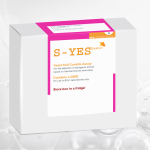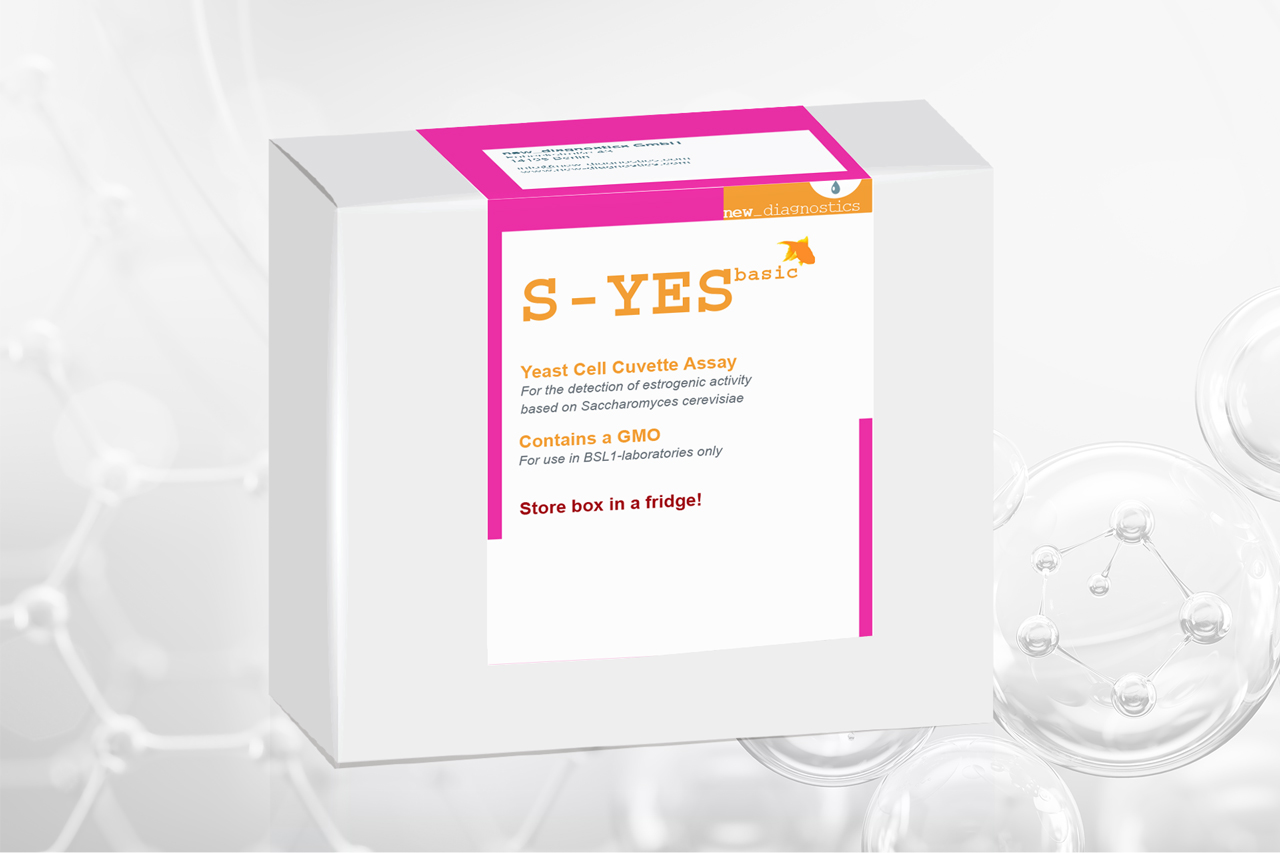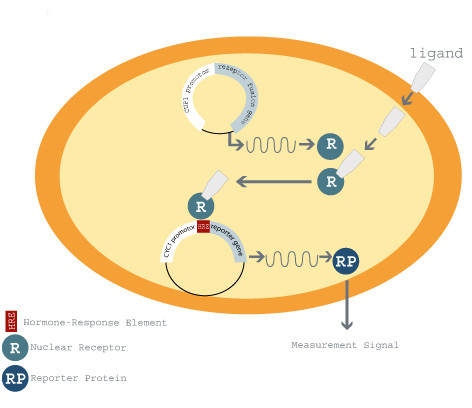S-YESbasic
Saccharomyces - Yeast Estrogen Screen (strain McDonnell)
Detection of estrogenic effects

- Comes with our test kits
- Web tool with free access
- Simple and intuitive use
- Statistical assessment of results
- Comprehensive report with graphics
- Customized report available
The S-YESbasic (Saccharomyces-Yeast Estrogen Screen) is a simple and fast effect-based cuvette test for the detection of estrogenic activity in various types of water samples. The S-YESbasic uses the conventional and recombinant yeast Saccharomyces cerevisiae as the estrogen responsive biosensor*. No sterile conditions are required for the whole test procedure.
*McDonnell DP et al.; High level expression of biologically active estrogen receptor in Saccharomyces cerevisiae; Steroid Biochem. Mol. Biol.; Sep. 1991; 39(3); 291-297
Key Characteristics
The S-YESbasic determines the EEQ (17β-Estradiol Equivalents) of water samples. The test requires only basic lab equipment and the test duration is only approx. 4 hours.
Validation and Standardization
A factorial in-house validation was performed for method validation of the S-YESbasic.
Data Evaluation
Concerned about data analysis? With the purchase of our test kits you get free access to BioVAL for the statistical analysis and reporting of your test results.
Support
Will this test fits to my purposes? We give sufficient support for choosing the right test for your application as well as before and during test establishment and for data evaluation.
Genetic Modifications
The yeast carries a plasmid with a cassette including the human estrogen receptor gene (hERα) and a plasmid with a reporter gene cassette including the lacZ gene.
Transactivation
Estrogens and estrogenically active substances bind to the receptors and the resulting complexes trigger the transcription of the reporter gene.
Calibration
The reference standard for calibration and quantification is 17β-Estradiol (E2). The dose-response curve corresponds to a non-linear model.
Detection
The detection is performed photometrical after reaction of the reporter enzyme with the chromogenic substrate Chlorophenol Red-β-D-galactopyranoside at 580 nm.





